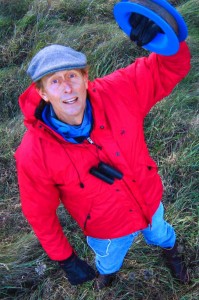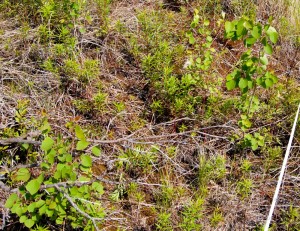
Tag: Ecology
Return to the Marsh

Return to the Nubble
I went over to the Adirondacks last Wednesday and came back with 1900 photos. Most of them were taken by my Gigapan imager, and half of those are duplicates that will never again see the light of day. Before I even got to New York, I took 126 handheld photos from the Lake Champlain ferry, 48 of which got stitched into the three-row panorama below of the new Crown Point Bridge, still under construction. Back on August 26, the day the central “network tied arch” was lifted into position, I came to repeat the gigapan I took of the old bridge. But the place was crawling with gawkers, and the men in hard hats would not let me get to the place from which the earlier panorama had been taken. So I left defeated. If you missed it too, you can relive the raising of the arch with the fully archived construction webcams, but you have to click through a lot of photos to get to 3:30 PM on August 26 when the action started. Continue reading “Return to the Nubble”
NOrtho Photo

While in Alaska in June I visited some mountain treeline study plots we established in 1998 to describe and monitor the population of white spruce at the transition between subalpine forest and alpine tundra. I searched the plots for new spruce seedlings and remeasured the ones that had been previously located and marked. A wildfire burned through some of the plots in 2004, and a new tree species has since established where the organic soil was consumed. Thousands of seedlings of quaking aspen now grow in the plots, and I recorded their number and height in subplots. These are healthy seedlings growing in the tundra where, prior to 2004, the only trees were a few stunted spruce. This invasion will be either a short-lived experiment that ends when the aspens try to grow taller than the winter snowpack, or the start of a novel treeline community. Monitoring these plots will eventually reveal how this plays out, so in the meantime counting and measuring a few things is considered to be science. Continue reading “NOrtho Photo”
The succession of precedence
Google has digitized the text of five million books. The old ones are in the public domain and you can read them online at http://books.google.com/. Most of the more recent ones are still protected by copyright law, but that law did not anticipate the ingenuity at Google. The individual words and phrases in all those books are now in a huge database that anyone can search. Maybe you can’t read every book online, but you can learn how book writers have used the language over the past two centuries at http://ngrams.googlelabs.com/. This allows a very new kind of literary research – answering questions without reading. Although it turns out that some reading is still required. Continue reading “The succession of precedence”
